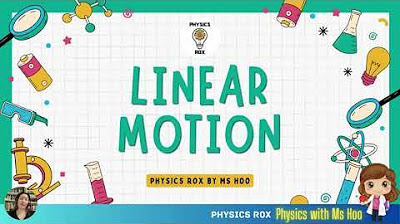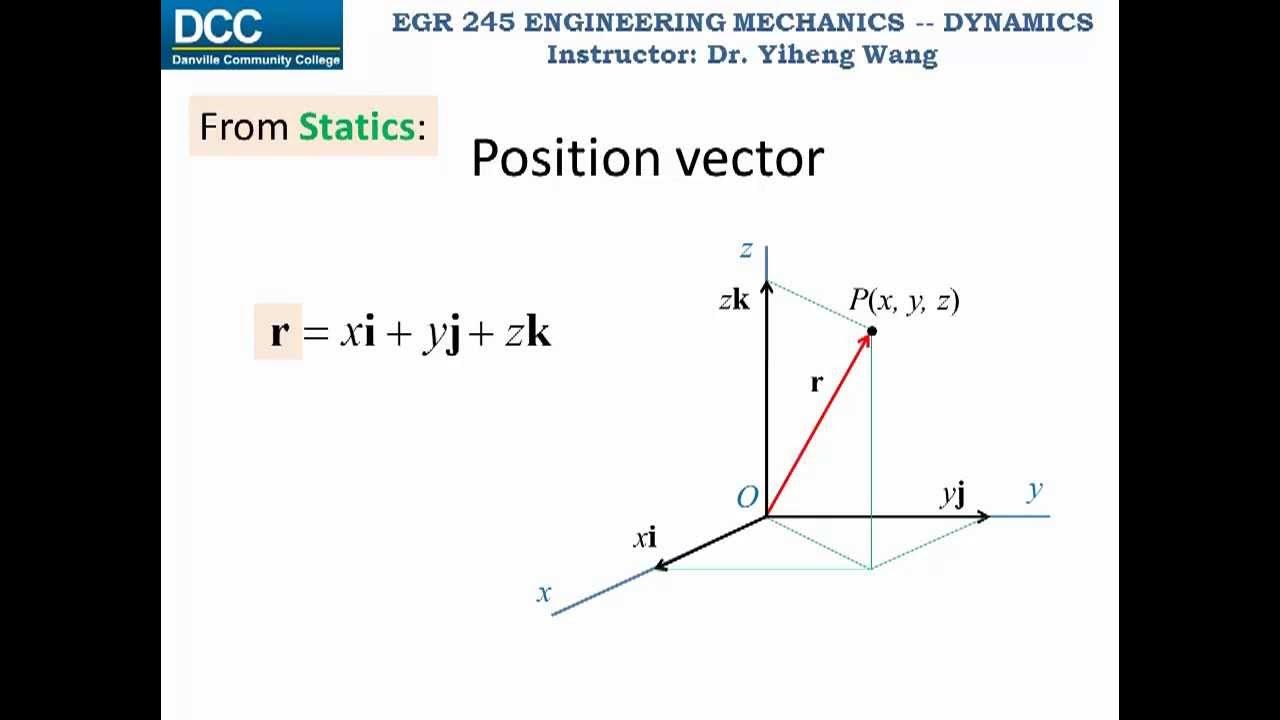DESCRIBING MOTION: DISTANCE AND DISPLACEMENT | SCIENCE 7 QUARTER 3 MODULE 1
Summary
TLDRThis educational video introduces motion in one dimension, focusing on the concepts of distance and displacement. It defines motion as a change in position relative to a reference point and distinguishes distance as the total path traveled (a scalar quantity) from displacement as the shortest straight-line distance between two points (a vector quantity). Through engaging examples, viewers learn how to calculate both distance and displacement, emphasizing their differences and conditions under which they may be equal. The video sets the stage for further exploration of speed and velocity in upcoming lessons.
Takeaways
- 😀 Motion occurs when an object's position changes over time relative to a reference point.
- 🚦 A reference point is the starting location used to determine if an object is in motion.
- 🏃♂️ Distance is the total length of the path traveled by an object and is a scalar quantity.
- 📏 The standard unit of distance is meters (m).
- 🐕 For a dog that runs 10 meters east, 5 meters south, and 10 meters west, the total distance is 25 meters.
- ➡️ Displacement is the shortest distance between an object's initial and final positions and is a vector quantity.
- 🧭 The standard unit of displacement is also meters (m) but includes direction.
- 🔄 Displacement can be positive, negative, or zero, depending on the object's final position relative to its starting position.
- 📊 Distance is always positive, whereas displacement can vary based on the object's motion.
- 🎯 Displacement is represented by solid lines in diagrams, while distance is shown by broken lines.
Q & A
What is the definition of motion as described in the video?
-Motion is defined as a continuous change in the position of an object with respect to a reference point over a particular time interval.
How do we determine if an object is in motion?
-An object is considered in motion if its position changes relative to a reference point over time.
What is a reference point?
-A reference point is the starting location used to measure the position of an object and determine if it has moved.
What are the two ways to measure how far an object has traveled?
-The distance, which is the total length of the path traveled, and the displacement, which is the straight-line distance from the initial to the final position.
How is distance defined in the video?
-Distance is the total length of the path traveled by an object and is a scalar quantity, meaning it only has magnitude.
What example is given to illustrate the concept of distance?
-A dog that runs 10 meters east, 5 meters south, and 10 meters west, totaling a distance of 25 meters.
What is displacement and how is it different from distance?
-Displacement is the shortest distance between an object's initial and final positions, represented as a vector quantity that includes both magnitude and direction.
Can displacement be equal to distance?
-Yes, displacement can be equal to distance when the path taken is a straight line.
Why can displacement never be greater than distance?
-Displacement represents the shortest length between two points, while distance accounts for the actual path traveled, which can be longer but not shorter.
What happens to displacement if an object returns to its starting position?
-If an object returns to its starting position, its displacement becomes zero, even though the distance traveled may be significant.
Outlines

このセクションは有料ユーザー限定です。 アクセスするには、アップグレードをお願いします。
今すぐアップグレードMindmap

このセクションは有料ユーザー限定です。 アクセスするには、アップグレードをお願いします。
今すぐアップグレードKeywords

このセクションは有料ユーザー限定です。 アクセスするには、アップグレードをお願いします。
今すぐアップグレードHighlights

このセクションは有料ユーザー限定です。 アクセスするには、アップグレードをお願いします。
今すぐアップグレードTranscripts

このセクションは有料ユーザー限定です。 アクセスするには、アップグレードをお願いします。
今すぐアップグレード関連動画をさらに表示

BAB 4 GERAK DAN GAYA || Gerak – Materi Kelas 7 Kurikulum Merdeka

MATERI KINEMATIK kelas 11 bag 1 PENGERTIAN GERAK, JARAK & PERPINDAHAN K Merdeka

Gerak Benda dan Makhluk Hidup di Lingkungan Sekitar

Linear Motion - Distance, Displacement, Speed, Velocity, Acceleration - SPM & IGSCE Physics

Velocity-time Graphs

Dynamics Lecture 02: Particle kinematics, Rectilinear continuous motion part 1
5.0 / 5 (0 votes)
